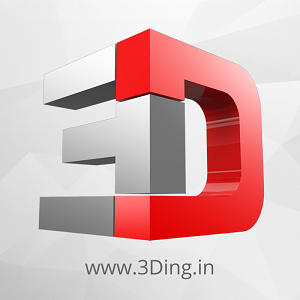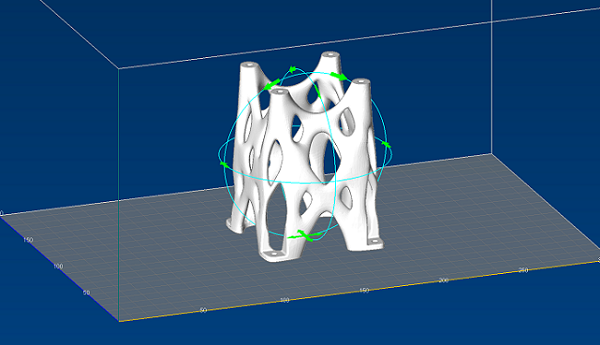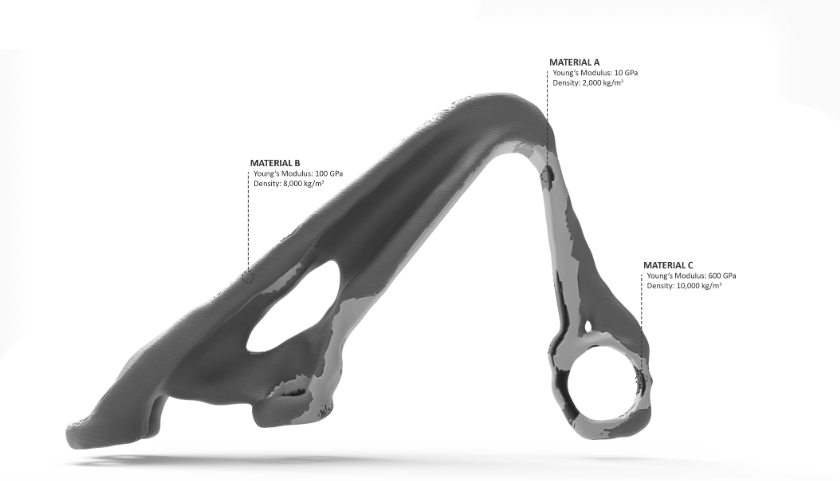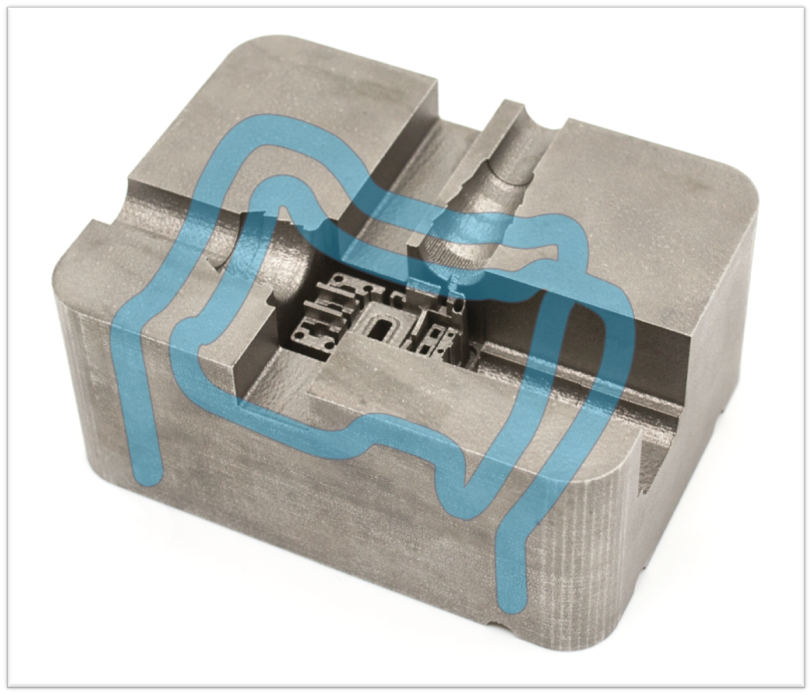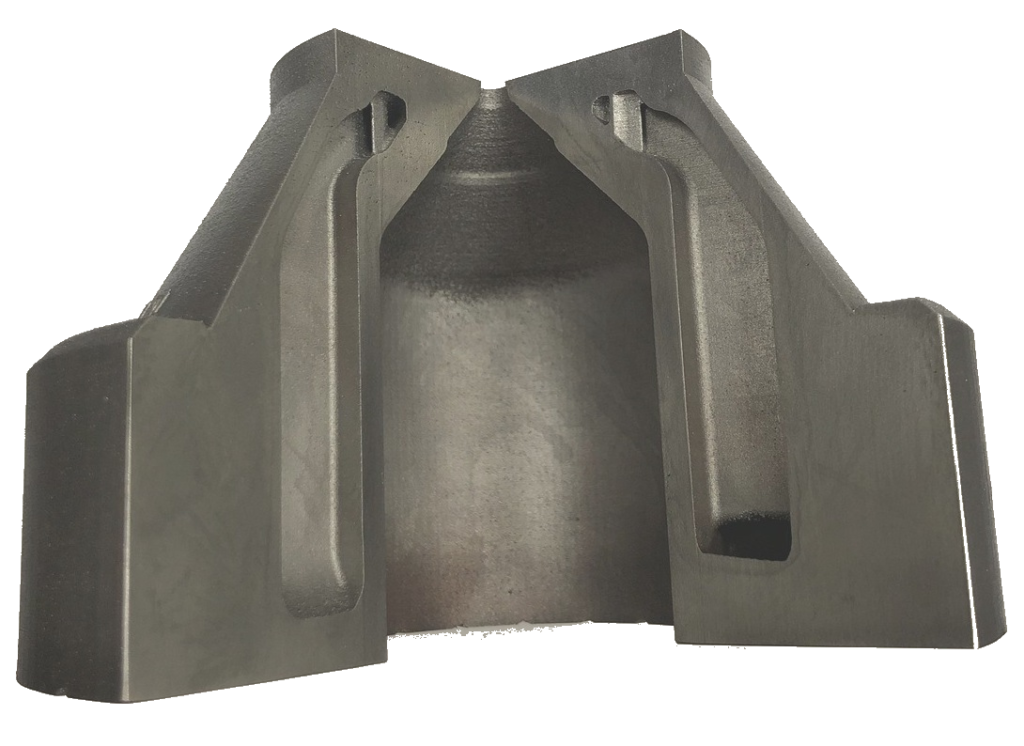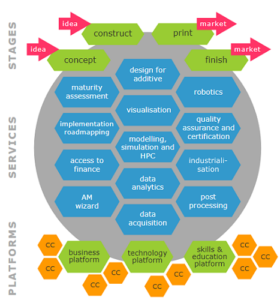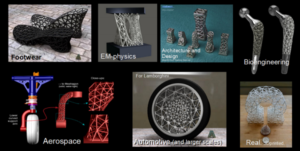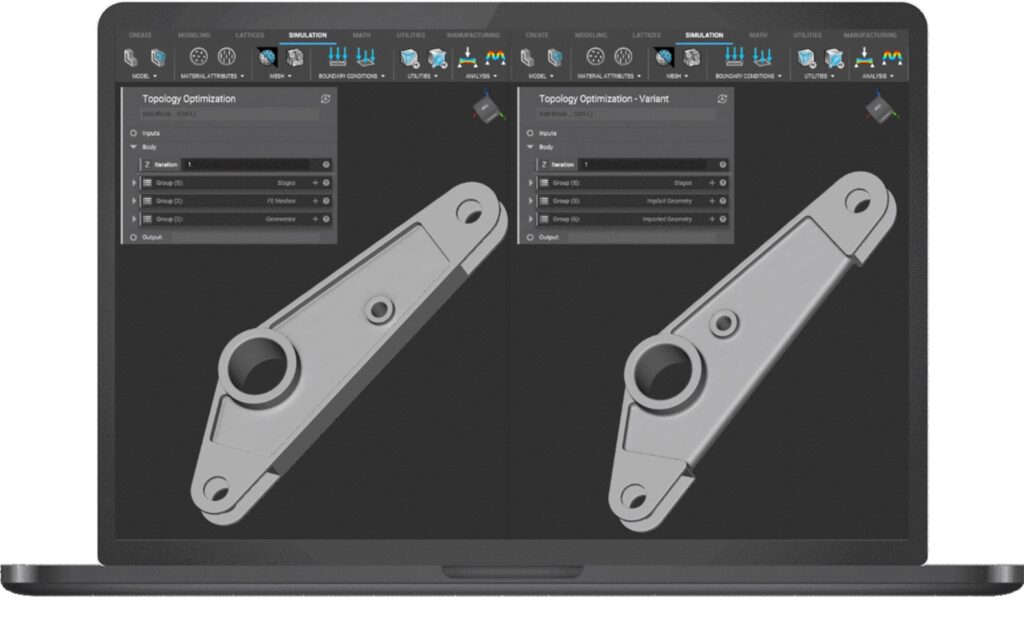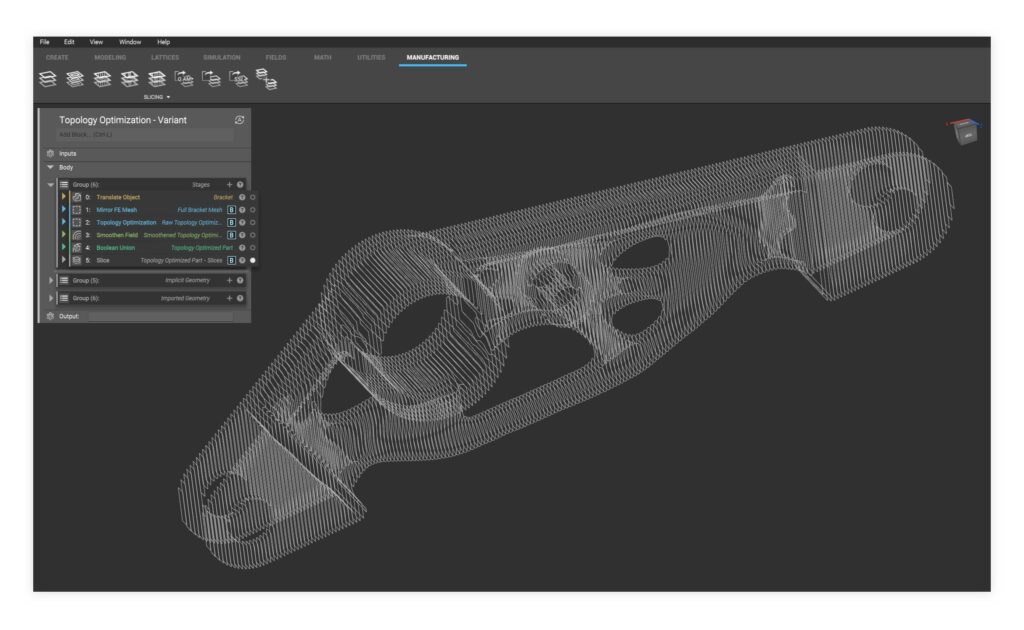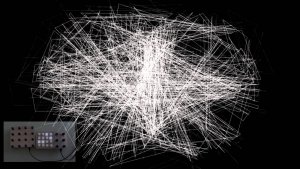In today’s 3D Printing News Briefs, we’re talking about software and hardware. First, Autodesk has added a new generative design extension. Sinterit has made some changes so its printers are ready for Industry 4.0. Finally, a BCN3D Technologies 3D printer has been recognized as one of Spain’s best industrial designs.
Autodesk Generative Design Extension
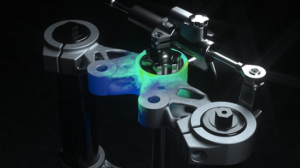
MJK Performance used generative design technology to create a set of lighter and stronger triple clamps for a drag bike
This week, Autodesk announced that it is allowing Fusion 360 users to take advantage of generative design capabilities more easily with the release of its new subscription offering – a generative design extension. This will give users complete access to Fusion 360 generative design for a separate subscription fee of $1,000 per month or $8,000 a year. Autodesk is now offering a special introductory price for a limited time only, so annual subscriptions to Fusion 360 and the new extension are available for 50% off the regular price through July 17th.
“We hear loud and clear that customers, especially these days, crave flexibility, and we’re more than happy to provide a solution at a price point that addresses their needs, especially for budget managers who require predictability. Most of all, we’re excited to see the momentum and incredible outcomes from casual users all the way up to major industry innovators or major brand innovators who are using generative design in the field,” said Stephen Hooper, vice president and general manager, Fusion 360.
Users can also access the generative design extension with their Autodesk Cloud Credits.
Sinterit 3D Printers Ready for Industry 4.0
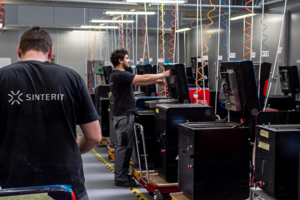 SLS 3D printer manufacturer Sinterit released a new software update that makes its Lisa and Lisa Pro 3D printers compliant with the Industry 4.0 standard, which works to automate integration with factory logistics. The update provides a new function that allows the printers to generate communication output regarding print status, in addition to a more intuitive user interface and a better tool for object collision detection.
SLS 3D printer manufacturer Sinterit released a new software update that makes its Lisa and Lisa Pro 3D printers compliant with the Industry 4.0 standard, which works to automate integration with factory logistics. The update provides a new function that allows the printers to generate communication output regarding print status, in addition to a more intuitive user interface and a better tool for object collision detection.
“We received questions from our clients about Industry 4.0 standards compatibility. For some of them, it was a must – a 3D printer without such compliance couldn’t be used,” explained Grzegorz Głowa, head of R&D department in Sinterit.
BCN3D Technologies Recognized for Epsilon 3D Printer
 Barcelona company BCN3D Technologies announced that its advanced BCN3D Epsilon 3D printer has been recognized by the FAD Association of Industrial Design as one of the best-designed products of 2019 in Spain. The printer has been shortlisted for the 2020 Delta Awards, and an independent jury of industry experts will announce the winner during Barcelona Design Week this November.
Barcelona company BCN3D Technologies announced that its advanced BCN3D Epsilon 3D printer has been recognized by the FAD Association of Industrial Design as one of the best-designed products of 2019 in Spain. The printer has been shortlisted for the 2020 Delta Awards, and an independent jury of industry experts will announce the winner during Barcelona Design Week this November.
“At BCN3D, we are design: we are meticulous, and our professional 3D printers are crafted after a long process of design and investigation to ensure that the end result is optimal. For us, this recognition is a reflection of the tremendous care we put in each product’s design and reflects on the work of every single member of the BCN3D team,” the company wrote in a blog post.
Discuss these stories and other 3D printing topics at 3DPrintBoard.com or share your thoughts in the Facebook comments below.
The post 3D Printing News Briefs, June 28, 2020: Autodesk, Sinterit, BCN3D Technologies appeared first on 3DPrint.com | The Voice of 3D Printing / Additive Manufacturing.

